*Please note: this post contains affiliate links.
As discussed in an earlier post, written music is simply a shorthand for what you hear. Writing music down is an effective way to coordinate multiple musicians playing together, and learning to read music is a great way to expand the amount of music you can play.
Even if you aren’t a beginning player, it’s a good idea to start at the beginning when learning to read music. It can be easy to become overwhelmed if you don’t have a system to follow. Fortunately, if you are a string player, you have LOTS of good options for learning to read music.
I personally LOVE the “I Can Read Music” series, by Joanne Martin. Yes, it’s a Suzuki series rather than a non-classical one J but if it ain’t broke, right? These are available for violin, viola, and cello (and I’ve used the cello one with my bass players at school, to no long-term detriment or visible scarring).
Ed Sueta Rhythm Charts. I used these when I was in high school band, and I swear by them with my advanced students (who have completed the I Can Read Music books, around Book 4 or so). These go beyond what you’ll need for fiddle/folk and most pop/rock, but these two books will take you as far as you wish to go.
These are best used with a teacher, since it’s important to get feedback on whether or not you are doing it correctly! If cost is an issue, maybe you can trade favors with a musically literate friend. (I won’t recommend what you should offer in trade, of course – that’s for the two of you to work out.)
Don’t forget, the point of reading music is to speed up the learning process – it’s a shorthand for what you hear. I recommend that once you reach intermediate/advanced fluency in reading music, join an ensemble and put those new skills to use!
If you’re interested in learning more about music theory, stay tuned – I plan to cover that in a future blog post.
Would an audio/video course on music reading be helpful to anyone? I want to help you guys in any way I can! Let me know your biggest music reading stumbling blocks, and let’s see if we can help!
